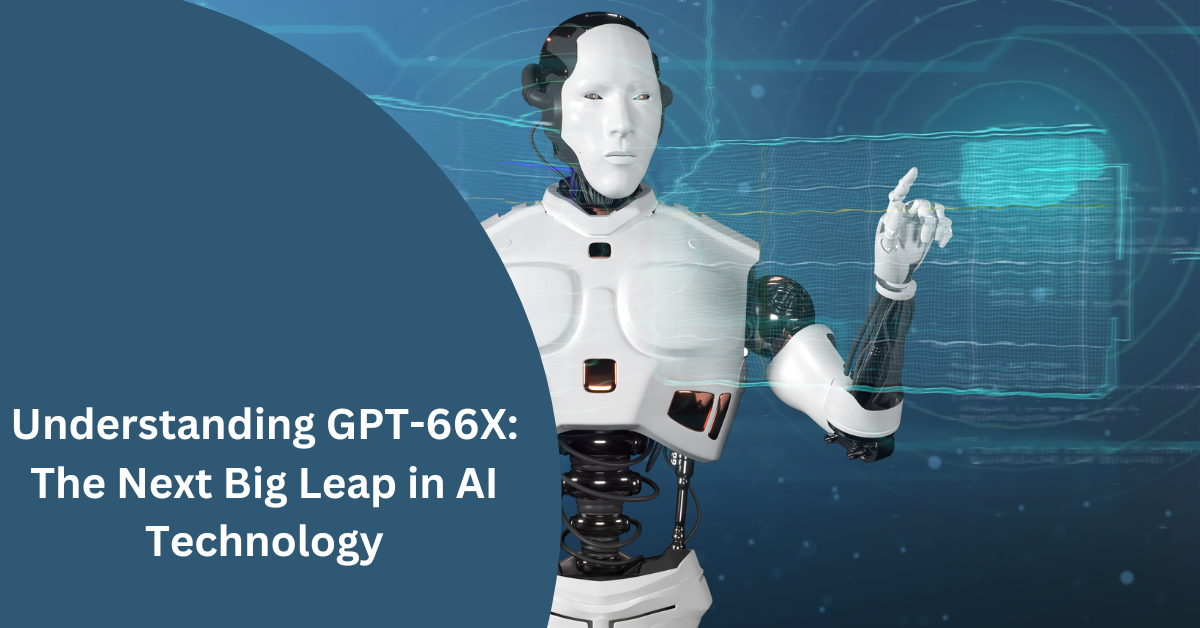
Introduction
GPT-66X represents a monumental leap in the field of artificial intelligence, especially within the domain of natural language processing. This cutting-edge technology is not just a simple update; it’s a comprehensive overhaul that promises to redefine how we interact with machines. Developed from the legacy of its predecessors, GPT-66X has been fine-tuned with more data, advanced algorithms, and enhanced learning capabilities. The implications of such advancements are profound, affecting sectors from education to healthcare, from customer service to content creation. In this detailed exploration, we will uncover the mechanisms behind GPT-66X, discuss its multifaceted applications, and ponder the ethical dimensions it introduces.
What is GPT-66X?
GPT-66X is the latest innovation in a series known for transforming the landscape of artificial intelligence through enhanced natural language processing capabilities. It is a model that stands on the shoulders of its predecessors, equipped with a broader dataset and an advanced understanding of language nuances, thanks to its sophisticated algorithmic structure. Unlike conventional AI models that are task-specific, GPT-66X is designed to generalize across a wide array of tasks, making it incredibly versatile. It can write poems, draft emails, code software, and even generate informative articles on topics it has never encountered before in its training data. This level of versatility is achieved through the model’s ability to learn and adapt from the patterns and nuances found in the massive amounts of data it has been trained on, encompassing a wide variety of subjects and contexts.
How Does GPT-66X Work?
At its core, GPT-66X operates using a deep learning model known as the Transformer. This model differentiates itself from earlier forms of AI with its ability to handle and interpret the context of large blocks of text significantly better than its predecessors. The key component of the Transformer architecture is what’s called ‘self-attention’, the ability of the model to weigh the importance of each word in a sentence, regardless of its position. For GPT-66X, this means an enhanced capacity to generate coherent and contextually appropriate responses over longer stretches of text. The training process involves exposing the model to a diverse set of information sources, thereby enabling it to learn a variety of linguistic styles and complex patterns. This extensive training is computationally intensive and requires vast amounts of data and processing power, which in turn allows the model to generate highly accurate outputs based on the inputs it receives.
The Advantages of GPT-66X
One of the most striking advantages of GPT-66X is its ability to seamlessly integrate into various applications without the need for extensive reprogramming. This is due to its generalized approach to problem-solving and language understanding. From generating artistic content to assisting with technical problems, GPT-66X can adapt its responses to fit the needs of the user. Additionally, its ability to continuously learn from interactions allows it to improve over time, thereby becoming more efficient and relevant in its applications. In industries where the generation of new content is crucial, such as journalism, blogging, or advertising, GPT-66X can provide tools that significantly reduce the time and effort involved in content creation. Furthermore, its capacity to understand and mimic human emotional undertones makes it an excellent tool for enhancing interactions in customer service and therapy-based applications.


